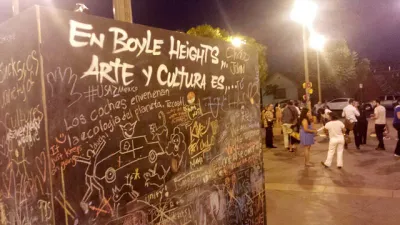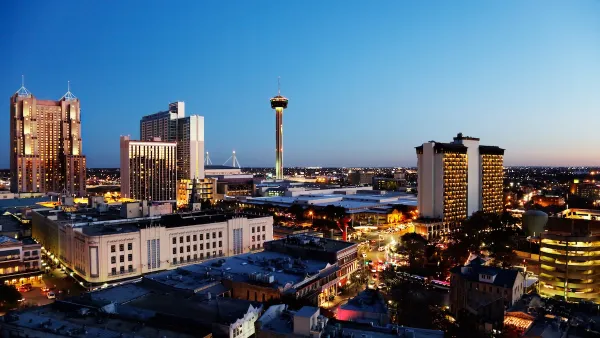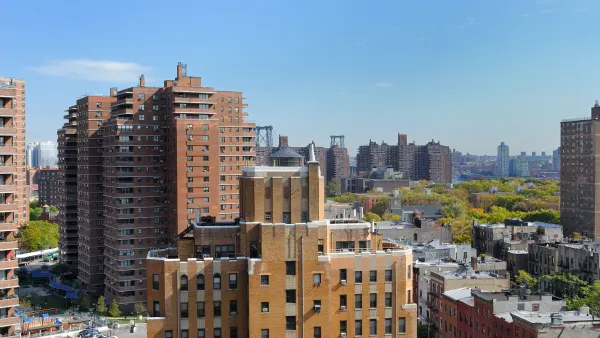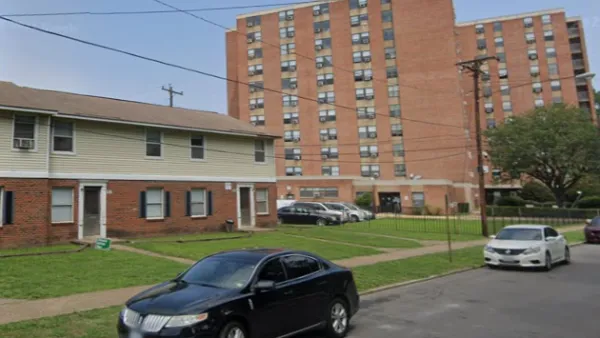Simply inviting residents to participate in design charrettes or a community planning process does not mitigate the significant loss they feel as they witness the physical destruction of their homes and lived history.

What does it mean to value a public housing community that has been neglected for decades and now experiences high rates of violence, degraded housing, limited infrastructure, and a frayed social fabric? For many developers, city officials, and others, it means tearing all that down and replacing it with new mixed-income housing. What this redevelopment method often overlooks, however, is the experience of residents who bear witness to the physical destruction of their homes and the elimination of familiar street corners, basketball courts, green space, and all the other private and public signposts of community and lived history.
Simply inviting residents to participate in design charrettes and an official community planning process does not mitigate the significant loss of home that reverberates across generations. Just the inherent language of community “transformation” signals that what has come before is not worth holding on to, and renders the history of these public housing sites insignificant. Knowing this, our challenge is not to envision “transformed” communities, but an evolution that carries with it visible markers of what has come before and illuminates the history of the place and the people who have lived in these places for decades. What is needed is a radical act of longevity.
In San Francisco, a far-reaching process is taking place to replace and rehabilitate thousands of units of public housing. Called the HOPE SF initiative, four of the largest and most debilitated public housing communities will be entirely rebuilt, including new streets, parks, bus stops, community spaces, and housing. The intent is to keep residents in place and living in their communities without moving them out of San Francisco, never to return. Even with this commitment and the promise of safer, healthier housing, honoring community history has taken on increasing importance as residents have voiced their grief as the place they have called home is entirely demolished. “Once they tear it down, you're tearing down the history of what makes Potrero Hill. Whether you call us a ghetto or a project ... there's a lot of history here and a lot of stuff has happened here.” Furthermore, community residents believe that historical recognition is needed to solidify their sense of belonging in the newly developed mixed-income housing that will be created through the HOPE SF initiative.
In response, HOPE SF has partnered with San Francisco State University (SFSU) to see how art can play a role in visually and experientially carrying forward individual and community history, culture, and connections as part of this neighborhood change effort.
FULL STORY: A Community Planning Process—Even A Good One—Is Not Enough

National Parks Layoffs Will Cause Communities to Lose Billions
Thousands of essential park workers were laid off this week, just before the busy spring break season.

Retro-silient?: America’s First “Eco-burb,” The Woodlands Turns 50
A master-planned community north of Houston offers lessons on green infrastructure and resilient design, but falls short of its founder’s lofty affordability and walkability goals.

Delivering for America Plan Will Downgrade Mail Service in at Least 49.5 Percent of Zip Codes
Republican and Democrat lawmakers criticize the plan for its disproportionate negative impact on rural communities.

Test News Post 1
This is a summary

Test News Headline 46
Test for the image on the front page.

Balancing Bombs and Butterflies: How the National Guard Protects a Rare Species
The National Guard at Fort Indiantown Gap uses GIS technology and land management strategies to balance military training with conservation efforts, ensuring the survival of the rare eastern regal fritillary butterfly.
Urban Design for Planners 1: Software Tools
This six-course series explores essential urban design concepts using open source software and equips planners with the tools they need to participate fully in the urban design process.
Planning for Universal Design
Learn the tools for implementing Universal Design in planning regulations.
EMC Planning Group, Inc.
Planetizen
Planetizen
Mpact (formerly Rail~Volution)
Great Falls Development Authority, Inc.
HUDs Office of Policy Development and Research
NYU Wagner Graduate School of Public Service





























